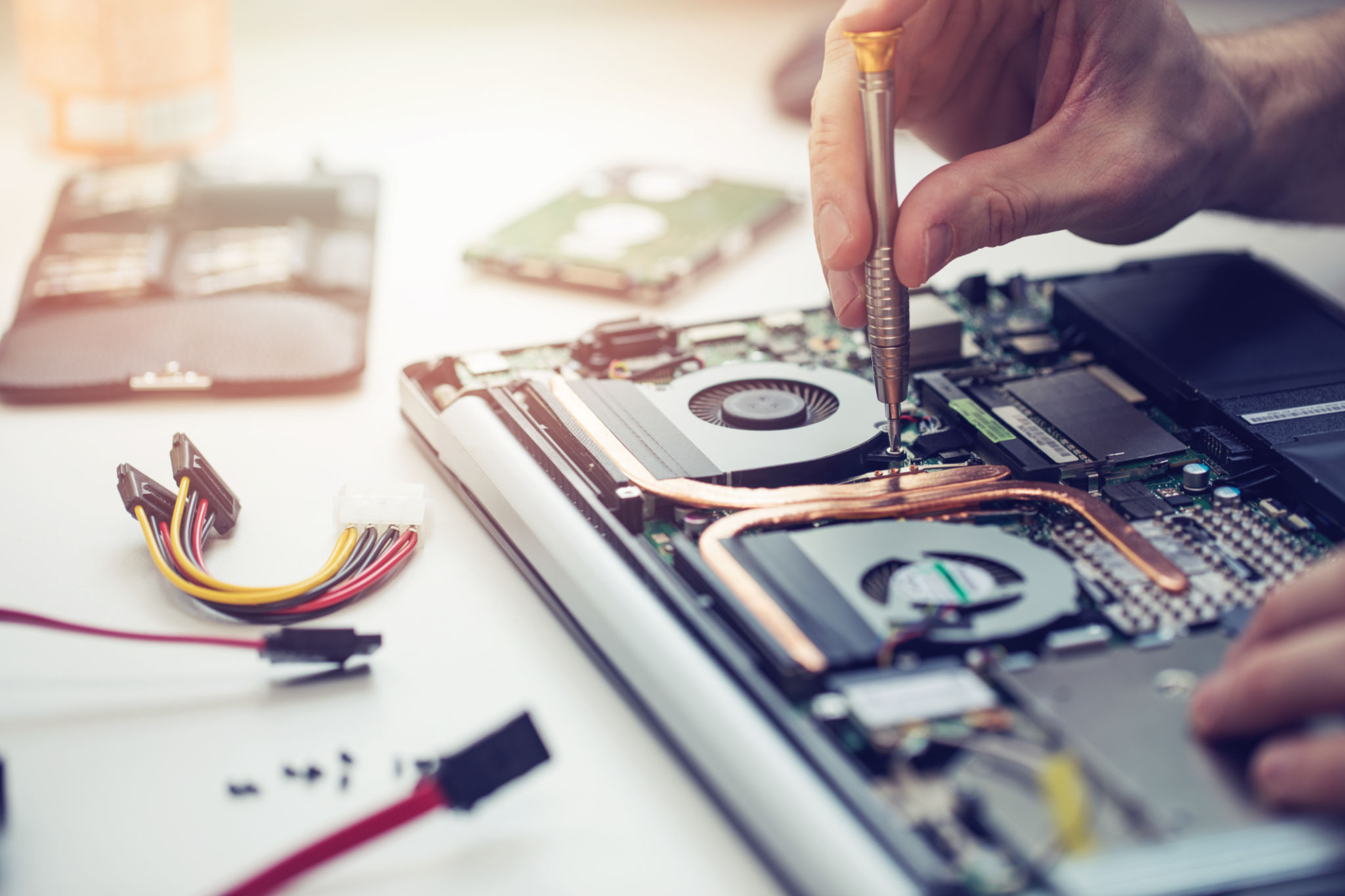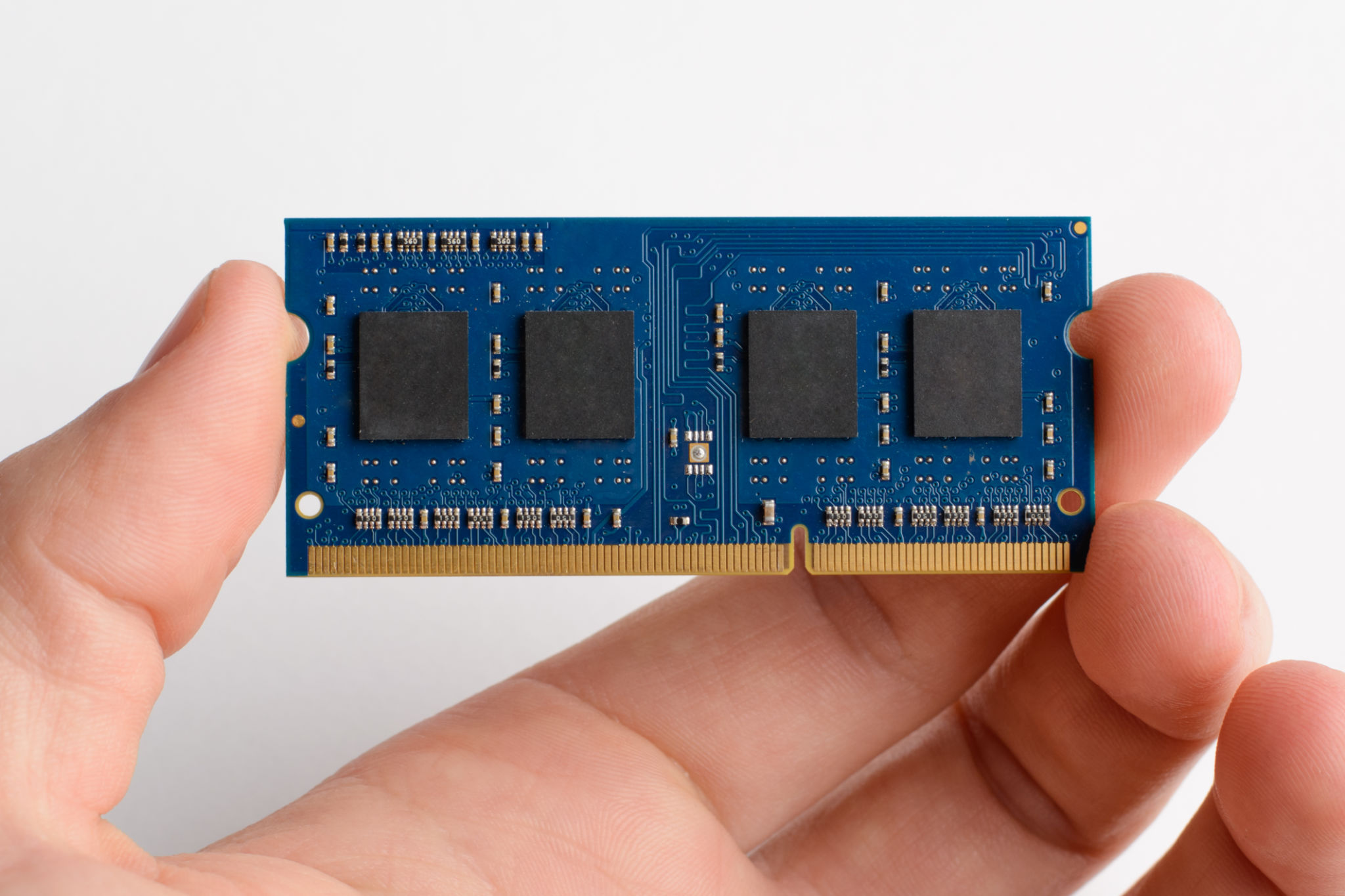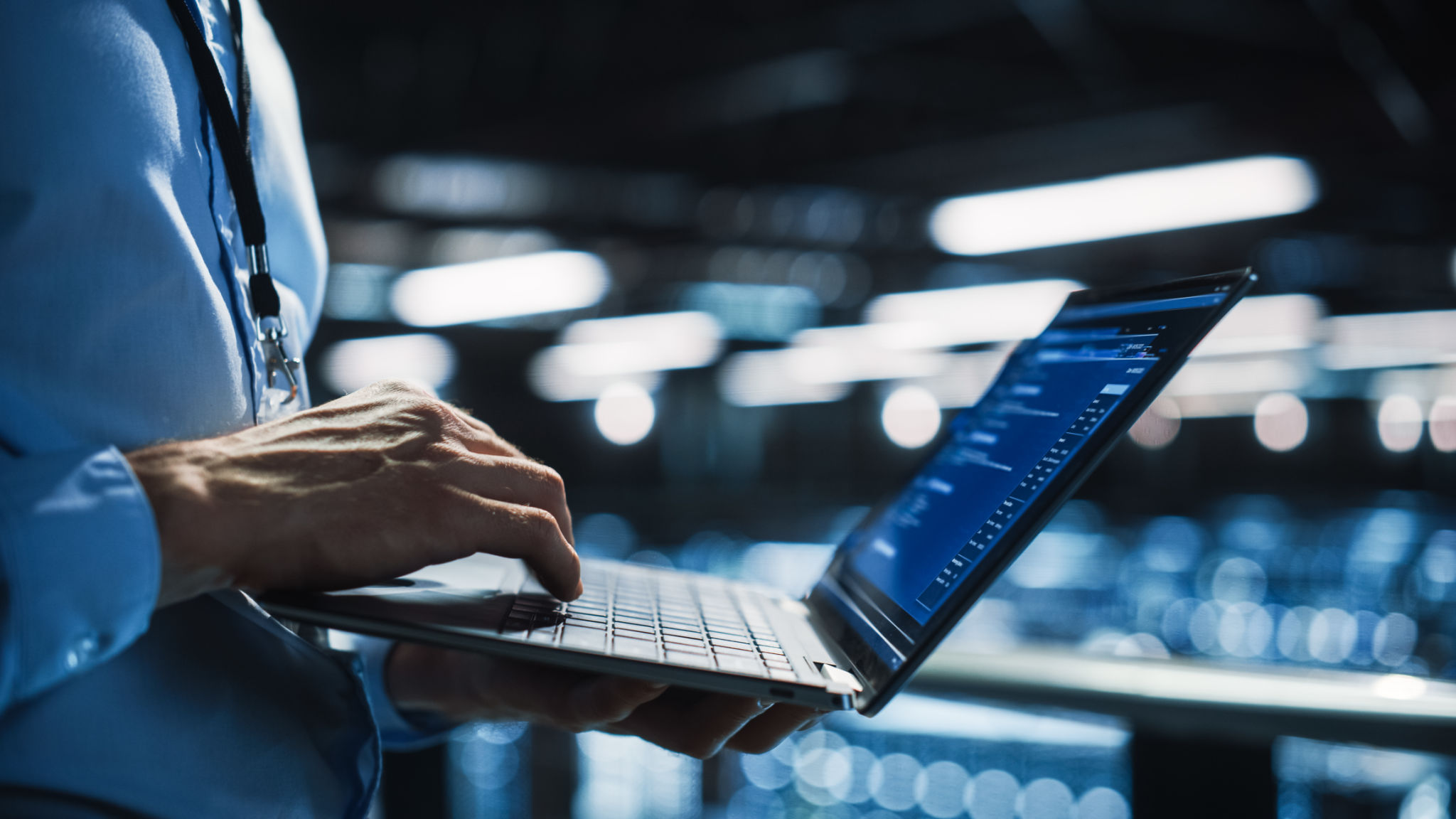DIY Guide: Fixing Common Laptop Issues at Home
MA
Introduction to DIY Laptop Repairs
In today's digital age, laptops are essential tools for work, study, and entertainment. However, like any electronic device, they can encounter issues over time. While some problems may require professional attention, many common laptop issues can be resolved at home with a bit of patience and the right guidance. Tackling these problems yourself not only saves money but also enhances your understanding of your device.

Resolving Slow Performance
A sluggish laptop can be frustrating, especially when you're on a tight deadline. This issue is often caused by unnecessary background processes or a cluttered storage drive. To enhance your laptop's speed, consider the following steps:
- Uninstall Unnecessary Programs: Remove software that you no longer use to free up resources.
- Manage Startup Programs: Disable non-essential applications from launching at startup via task manager.
- Disk Cleanup: Use built-in tools to clear temporary files and other unnecessary system files.
Boosting Memory and Storage
If performance issues persist, upgrading your laptop's RAM or switching to a Solid-State Drive (SSD) can provide a significant boost. This hardware change can be more cost-effective than purchasing a new device and is often straightforward with online tutorials.

Addressing Overheating Problems
Overheating is a common issue that can lead to further damage if not addressed promptly. Often, this is due to dust accumulation in the cooling system or blocked vents. Here’s how you can tackle it:
- Clean the Vents: Use compressed air to gently blow out dust from the vents.
- Check the Fans: Ensure that the fans are operating correctly. Listen for unusual noises that could indicate a problem.
- Use Cooling Pads: Consider investing in an external cooling pad to help dissipate heat.

Handling Display Issues
If your laptop's screen is flickering or displaying unusual colors, it could be due to loose connections or outdated drivers. Start by checking the display settings and updating your graphics driver through the device manager. If the problem persists, carefully inspect the connection between the screen and the motherboard.
Troubleshooting Internet Connectivity
An unstable internet connection can disrupt your work and leisure activities. Before calling your internet service provider, try these solutions:
- Reset Your Router: A simple reset can often resolve connectivity issues.
- Update Network Drivers: Ensure that your network drivers are up-to-date for optimal performance.
- Check Wi-Fi Settings: Verify that you're connected to the correct network and that there are no signal interferences.

Fixing Battery Problems
If your laptop's battery isn't holding a charge or drains quickly, you might need to recalibrate it. Fully charge your battery, then let it discharge completely before charging it again. If this does not help, consider replacing the battery if it's old or damaged.
Conclusion: When to Seek Professional Help
While these DIY solutions can resolve many common laptop issues, some problems may require professional expertise. If you've attempted troubleshooting without success or feel uncomfortable performing certain tasks, it's wise to consult a professional technician. Remember, maintaining your laptop through regular updates and cleaning can prevent many issues from arising in the first place.
